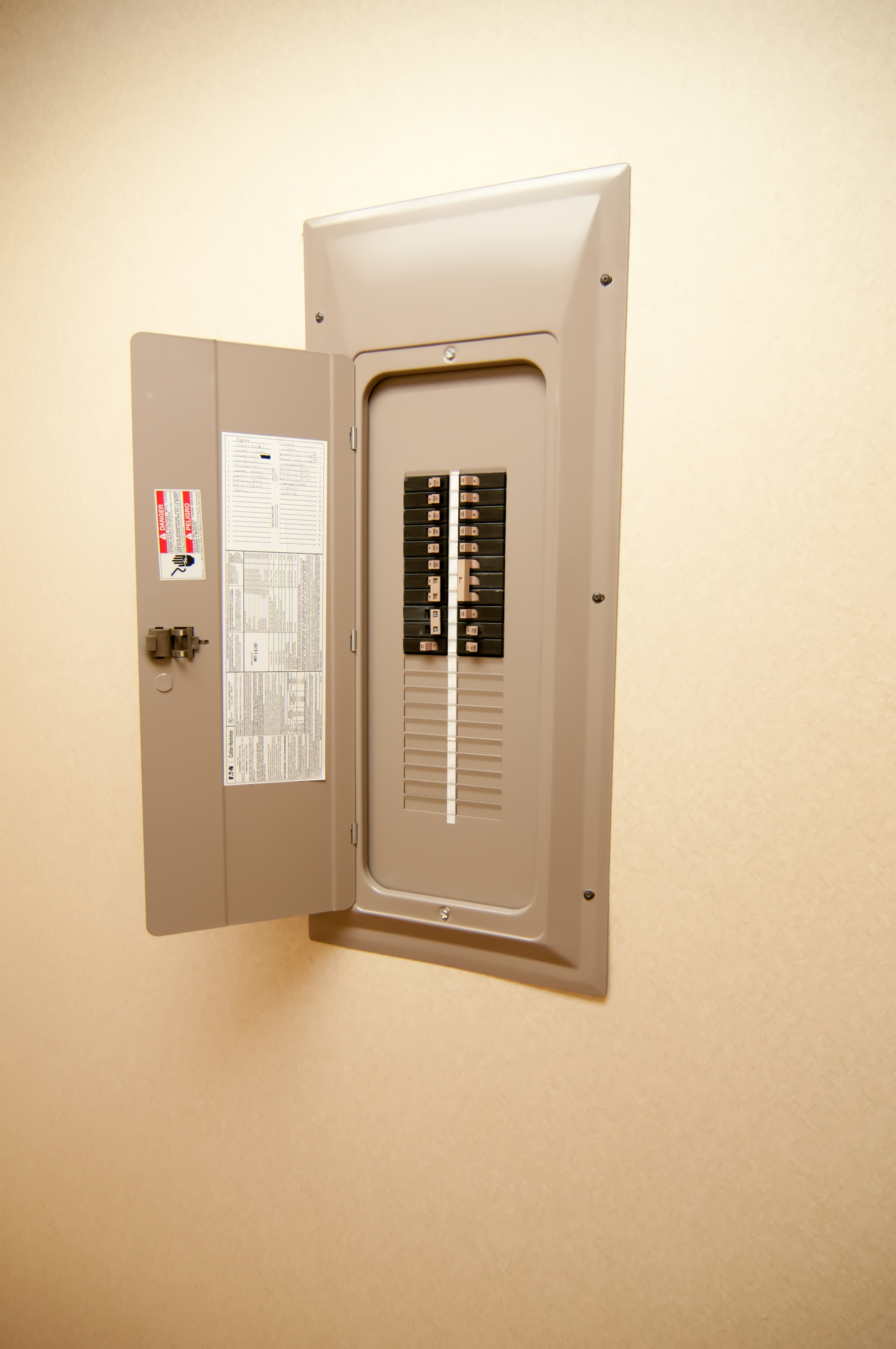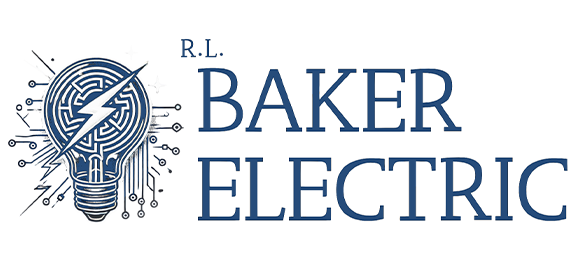Detached Building Electrical Installation in Pace, FL / Chumuckla area

It was a pleasure working with Mr. David L. during this project as well as many others. We were brought in complete the main electrical circuit for the building. Installed a new subpanel. While on the project we also completed the lighting. It was nice working out in the wooded country area of Chumuckla / Pace. Beautiful property.
General Process for Electrical Installations for Detached Buildings, Sheds, Garages, Etc
An overview of our typical detached building electrical installation process. Detached buildings such as a separate garage, workshop, or guesthouse, involves setting up a safe and functional electrical system to power lights, outlets, appliances, and other electrical devices.
Determine the electrical load requirements for the detached building. This includes estimating the total wattage of all devices and appliances that will be connected.
Decide on the location of electrical outlets, switches, and light fixtures.
Consider safety regulations and codes specific to your location.
Obtain any necessary permits and approvals from the local building department or relevant authority. This ensures compliance with local codes and regulations.
Determine the power source. In most cases, it will be a subpanel connected to the main service panel of the main building.
Install the appropriate wiring (usually copper or aluminum) from the main panel to the detached building. The wiring should be of a sufficient gauge to handle the expected load.
Use conduit to protect the wiring, especially if it's going to be exposed to the elements.
Establish proper grounding for the electrical system. This ensures safety by providing a path for electrical faults to safely dissipate.
Bond metal parts of the building (like water pipes, metal frames, etc.) to the grounding system to prevent potential differences.
Install a subpanel in the detached building. This panel will have circuit breakers to distribute power to different areas and devices within the building.
From the subpanel, run individual branch circuits to serve specific areas or appliances. Each circuit should be appropriately sized based on the connected load.
Install electrical outlets, light switches, and fixtures according to the initial Detached Building Electrical Installation design and plan.
Install Ground Fault Circuit Interrupters (GFCIs) for outlets in areas prone to moisture (like bathrooms, kitchens, and outdoor areas).
Use Arc Fault Circuit Interrupters (AFCIs) to protect against electrical fires caused by arcing.
Test all circuits to ensure they're functioning correctly. This includes checking voltage levels, continuity, and proper grounding.
Arrange for an inspection by the local building inspector to ensure compliance with codes and regulations.
Clearly label the circuit breakers in the subpanel to indicate which circuits they control. This makes it easy to identify and troubleshoot in the future.
Keep detailed documentation of the installation, including circuit maps and any permits or approvals obtained.
Once everything is installed and inspected, you can connect the detached building's electrical system to the main building's power supply.
Regularly inspect and maintain the electrical system to ensure it continues to function safely and efficiently.
Remember, it's crucial to hire a licensed and experienced Pace electrician for any electrical installations, especially those involving detached buildings, to ensure safety and compliance with local regulations.
Location: Pace, FL
Client Review
Baker Electric did an OUTSTANDING job installing the wiring and lights/plugs for my 1800 sq foot metal barn. All up to code, inspected and quality work. Excellent work and reasonably priced. Baker Electric is my go to electrician for all my home and rental property needs. 5 STARS
- David L.

GET ELECTRICAL HELP TODAY! CALL THE LOCAL ELECTRICIAN YOU CAN TRUST
